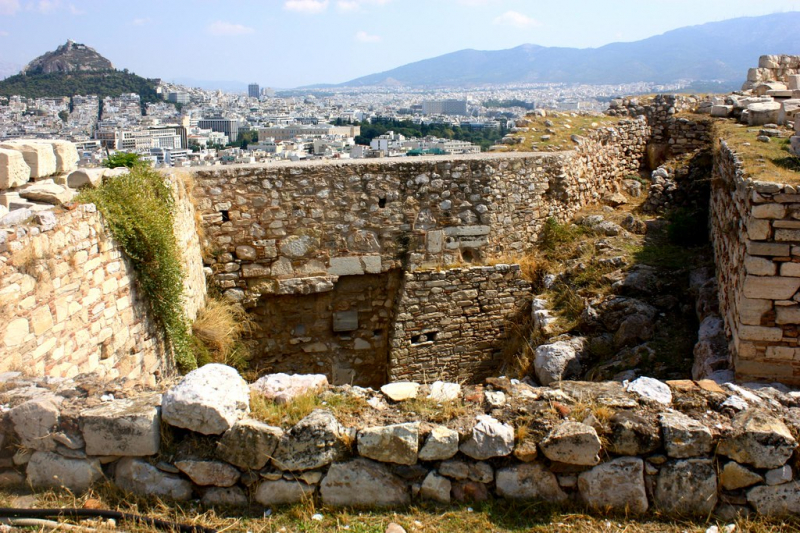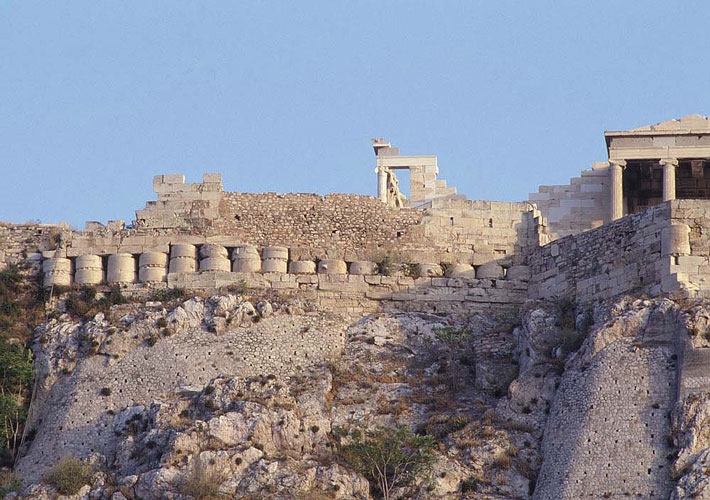The Long Walls of Athens

One significant military weakness hampered Athens, one of the most potent cities in ancient Greece, which was located around four miles from the sea. The Long Walls that the Athenians built in the fifth century to connect their town and harbor were three in number, according to the long-held and still widely accepted theory. These Long Walls consisted of two outer walls that extended to the northern and southern sections of the harbor fortifications, respectively, and an intermediate wall that ran longitudinally in the space between the outer pair.
This theory is supported by evidence that initially seems to be quite compelling. In support of his claim, Harpocration cites a passage from Aristophanes in which three walls are also referenced. These three walls are known as the Northern, the Southern or Middle, and the Phaleric one, respectively. A passage from Thucydides that makes reference to a Phaleric wall and then to "Long Walls," which are likely to be the Northern and Southern walls of Harpocration, seems to imply the same number of walls, making a total of three walls.
When finished, these "Long Walls" formed a triangle of land that was impregnable to siege and enabled the city to readily restock from the sea, which was also watched over by the powerful Athenian navy. During the Peloponnesian War with Sparta and her allies, the fortifications made Athens virtually impregnable; yet the city was ultimately compelled to submit after its navy was routed at sea. The infamous Long Walls are allegedly destroyed by the triumphant Spartans while flute girls play joyous music in the background. The walls were later restored, though, and they stood until the Roman general Sulla destroyed them in 86 B.C.







